No rambling roses here
tropicbreezent
11 years ago
Related Stories

SPRING GARDENINGEnjoy the Peak of Spring Gardening — Here’s What to Do in May
Bid the frost farewell and treasure the blooms. No matter what U.S. region you’re in, one of these guides will help your garden flourish
Full Story
ARCHITECTURERoots of Style: Shingle Style Is Back — Here's How to Spot It
Intimate or rambling, in the coast or by the sea, Shingle homes are seeing a revival. Has your home joined in?
Full Story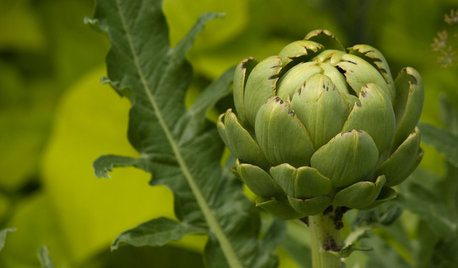
GARDENING GUIDESYour Garden Is Stirring — Here’s What to Do in February
February is a good time to start seeds, shape up shrubs and watch for the earliest blooms. Here’s what to do in your part of the U.S. now
Full Story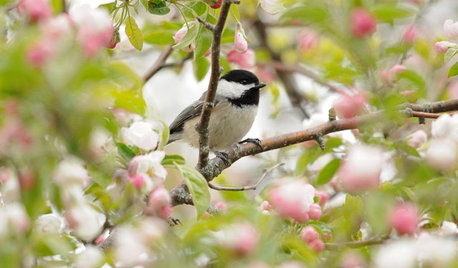
SPRING GARDENINGSpring Gardens Are Waking — Here’s What to Do in March
Excitement fills the air when gardens come back to life. These guides will help you make the most of yours
Full Story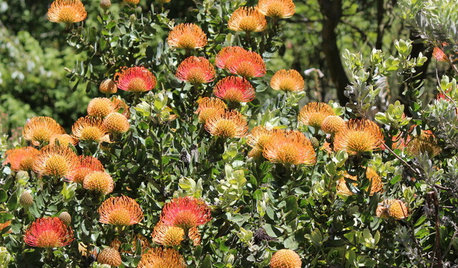
GARDENING GUIDESKeep Your Cool in the Garden — Here’s What to Do in August
Don’t let summer’s heat go to your head. These U.S. gardening guides will help you make sensible choices for all of your plantings
Full Story
GARDENING GUIDES6 Captivating Roses for an Alluringly Fragrant Garden
Perfume your garden with aromas from richly spicy to lightly sweet, without sacrificing an inch of color
Full Story
WINTER GARDENINGPruning Secrets for Exquisite Roses
Encourage gorgeous blooms year after year with this time-tested advice on how to prune your rosebush in winter for health and shape
Full Story
DESIGNER SHOWCASESSan Francisco Decorator Showcase: Happy Days Are Here Again
Creative ideas, bold colors and inventive materials abound under one (very large) roof
Full Story
FURNITUREAbraham Lincoln Sat (and Flirted) Here
A restored sofa in Illinois gives us a front seat to history
Full Story
MOST POPULAREnjoy Your Summer Garden — Here’s What to Do in July
Our July gardening guides take the guesswork out of summer watering, pruning and planting. See our tips for your U.S. region
Full StoryMore Discussions






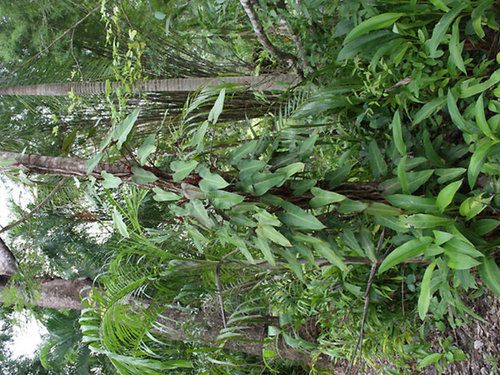
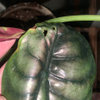
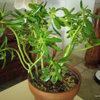
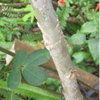

tropicbreezentOriginal Author
tropicbreezentOriginal Author
Related Professionals
Mountain Brook Landscape Architects & Landscape Designers · Suffern Landscape Architects & Landscape Designers · Mount Wilson Landscape Architects & Landscape Designers · Pottstown Landscape Contractors · Andover Landscape Contractors · Apollo Beach Landscape Contractors · Camp Verde Landscape Contractors · Fort Wayne Landscape Contractors · Fort Wayne Landscape Contractors · Golden Gate Landscape Contractors · Kaneohe Landscape Contractors · La Vista Landscape Contractors · Rancho Santa Margarita Landscape Contractors · West Orange Landscape Contractors · Westchester Landscape ContractorstropicbreezentOriginal Author
tropicbreezentOriginal Author
tropicbreezentOriginal Author
tropicbreezentOriginal Author
tropicbreezentOriginal Author
tropicbreezentOriginal Author
tropicbreezentOriginal Author
tropicbreezentOriginal Author
tropicbreezentOriginal Author
tropicbreezentOriginal Author
tropicbreezentOriginal Author
tropicbreezentOriginal Author
tropicbreezentOriginal Author
denninmi
tropicbreezentOriginal Author
garyfla_gw
Tiffany, purpleinopp Z8b Opp, AL
garyfla_gw
tropicbreezentOriginal Author
garyfla_gw
tropicbreezentOriginal Author